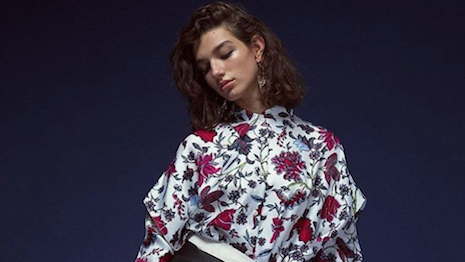- About
- Subscribe Now
- New York,
October 4, 2018

 DVF is going fur-free. Image credit: DVF
DVF is going fur-free. Image credit: DVF
Fashion label Diane von Furstenberg is the latest brand to go fur-free, as the debate about the use of animal fur heats up.
DVF has entered a partnership with the Humane Society of the United States and People for the Ethical Treatment of Animals, aiming to stop the “exploitation” of animal fur. While some brands have held onto the use of real fur, many are switching to faux alternatives due to ethical and environmental concerns.
“I am so excited that technology has provided us a way to feel as glamorous with faux fur,” said Ms. von Furstenberg, eponymous founder of the label and chairwoman of the Council of Fashion Designers of America, in a statement.
Faux over fur
Starting in 2019, DVF will eschew not only fur but also exotic skins, mohair and angora, developing and uncovering textile alternatives.
“It’s time for us to make this change and accept responsibility to ensure that we don’t promote killing animals for the sake of fashion,” said Sandra Campos, CEO of DVF, in a statement. “We are committed to supporting the shift to a more ethical and sustainable fashion industry by providing the consumer with innovative and sophisticated alternatives.”
The CFDA is also working with DVF to support the company as it goes fur-free.
Diane von Furstenberg. Image credit: DVF
“The CFDA will work with the brand to establish a roadmap that allows DVF to maximize ethical and sustainable practices,” said Steven Kolb, president and CEO of the CFDA, in a statement.
As more luxury brands eliminate or reduce the use of animal fur in their items, the shift towards more ethical manufacturing is too slow for some environmental activists while consumer groups argue that fur bans negatively impact customer freedom.
Fashion labels Prada and Burberry are among the latest to draw attention to their use of fur, while a major U.S. city moves towards banning the sale of new fur products. Reactions from environmental and consumer groups have been mixed, leaving brands and shoppers caught somewhere in the middle (see story).
Share your thoughts. Click here